
Find Help
More Items From Ergsy search
-

How reliable are mammograms?
Relevance: 100%
-

Mammograms
Relevance: 63%
-

What is a mammogram?
Relevance: 57%
-

What is a mammogram?
Relevance: 57%
-
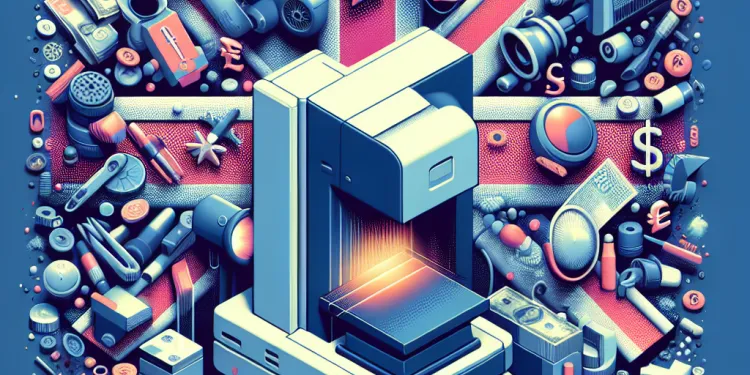
Is a mammogram painful?
Relevance: 56%
-

Are there any risks associated with mammograms?
Relevance: 54%
-
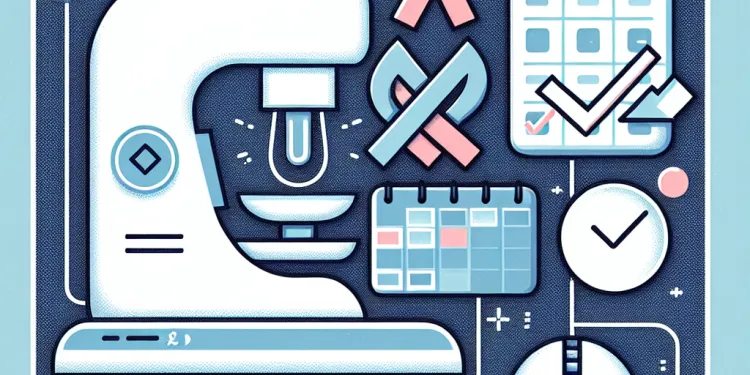
How do I book a mammogram?
Relevance: 54%
-

How do I prepare for a mammogram?
Relevance: 54%
-

Are mammograms free on the NHS?
Relevance: 53%
-
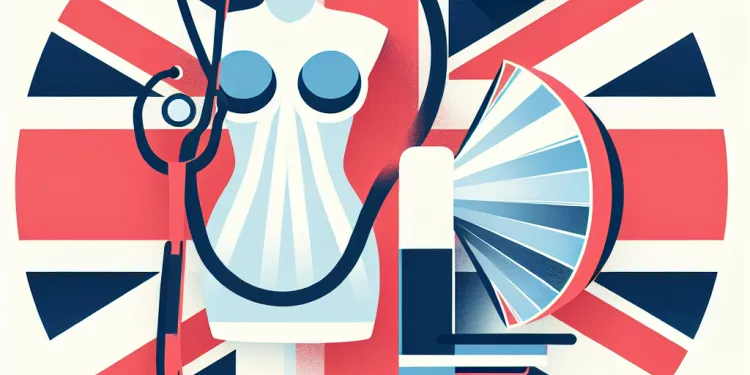
Can I have a mammogram if I have breast implants?
Relevance: 53%
-
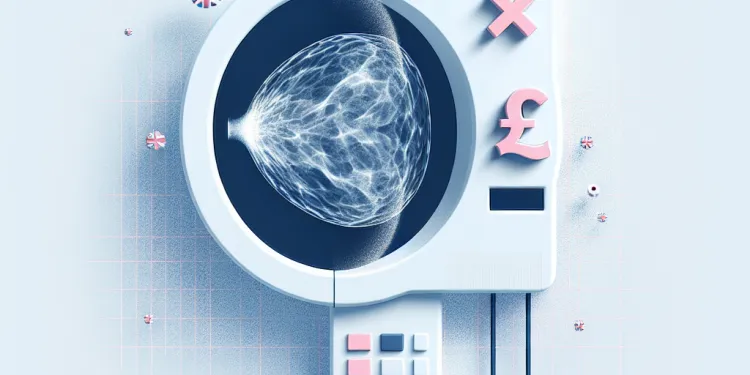
What happens during a mammogram?
Relevance: 52%
-

What are the benefits of regular mammograms?
Relevance: 51%
-

Can men have mammograms?
Relevance: 51%
-

What if my mammogram results are abnormal?
Relevance: 51%
-

How often should I get a mammogram?
Relevance: 50%
-

At what age should I start having mammograms?
Relevance: 47%
-

Are AI body scans reliable?
Relevance: 43%
-

Is advice from my bank on pensions reliable?
Relevance: 38%
-

Where can I get reliable pensions advice?
Relevance: 36%
-

Is the Pension Wise service reliable for pension advice?
Relevance: 35%
-

Where can individuals find reliable information on the safety of medications during pregnancy?
Relevance: 34%
-

Where can I find reliable self-testing tools for my eyes?
Relevance: 29%
-

Tower Hamlets breast screening programme
Relevance: 25%
-

NHS breast cancer screening
Relevance: 25%
-

How long does a mammogram take?
Relevance: 22%
-

Other Things You Need to Know About Breast Screening
Relevance: 20%
-

Breast cancer: testing and treatment | NHS
Relevance: 19%
-
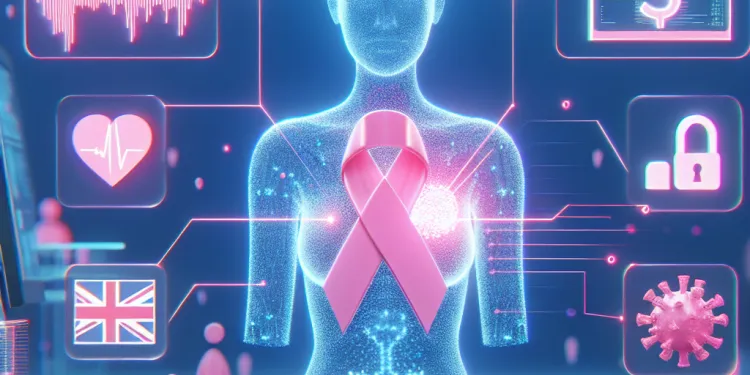
AI Breast Cancer Screening in the UK
Relevance: 19%
-

Health Screenings You Should Know About
Relevance: 18%
-
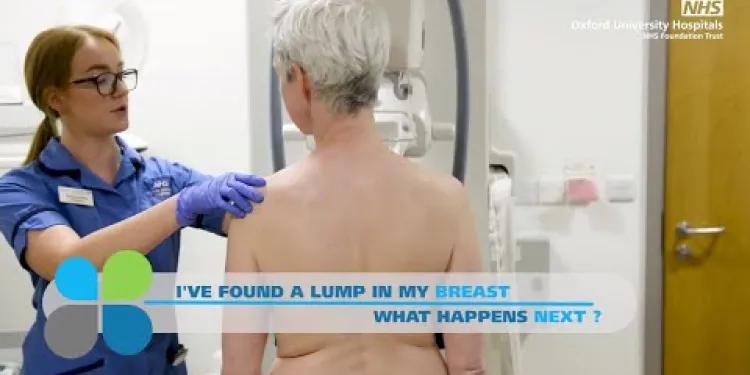
I've found a lump in my breast - What happens next? The breast diagnostic clinic
Relevance: 16%
-

About Breast cancer - signs and symptoms | NHS
Relevance: 16%
-
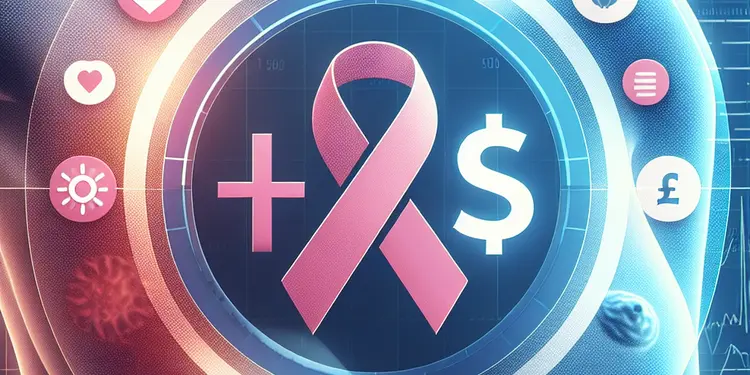
How often should I get screened for breast cancer?
Relevance: 16%
-
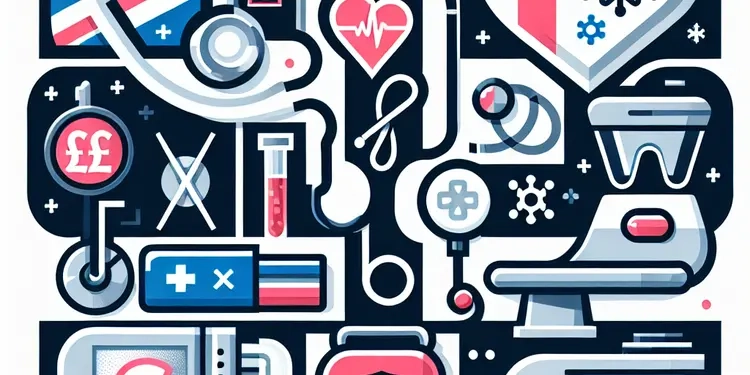
What kinds of cancer screening are available?
Relevance: 15%
-

What is cancer screening?
Relevance: 14%
-

Will the test affect my menstrual cycle?
Relevance: 13%
-
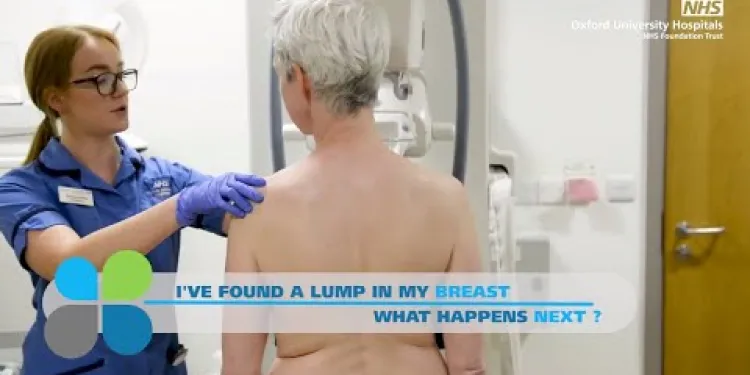
I've found a lump in my breast - What happens next? The breast diagnostic clinic
Relevance: 13%
-

What are the limitations of self-testing for eyes?
Relevance: 12%
-
Where can I learn about real Covid-19 variants?
Relevance: 12%
-

Do water companies have to update the infrastructure?
Relevance: 12%
-

Where can I find more information about norovirus?
Relevance: 11%
Introduction to Mammograms
Mammograms are a crucial tool in the early detection and diagnosis of breast cancer, particularly among women aged 50 to 70 years old in the UK, who are invited for screening every three years. While the effectiveness of mammograms is widely acknowledged, it's important to consider their reliability, which encompasses sensitivity, specificity, and the potential for false positives and negatives.
Sensitivity and Specificity
The reliability of a mammogram is often measured in terms of sensitivity and specificity. Sensitivity refers to the test's ability to correctly identify those with the disease, while specificity refers to correctly identifying those without the disease. Mammograms generally have a sensitivity of about 87%, meaning they are effective at detecting cancer in 87 out of 100 women who have it. However, this also means there is a chance that a mammogram could miss breast cancer, especially in women with dense breast tissue.
Differences in Breast Tissue
Breast tissue density is a significant factor in the reliability of mammograms. Dense breasts have more fibrous and glandular tissue, which can make it more difficult to detect cancerous changes. In the UK, about 40% of women screened have dense breasts, which can reduce the sensitivity of mammograms. This underscores the importance of tailored follow-up testing, such as ultrasounds or MRIs, which might be recommended by healthcare professionals if the density of breast tissue is high.
False Positives and Negatives
False positives, where mammograms suggest an abnormality that turns out to be non-cancerous, are a significant concern. These can lead to unnecessary stress, additional tests, and sometimes even unnecessary surgical procedures. On the other hand, false negatives, where cancer is present but not detected, may delay diagnosis and treatment. The occurrence of false negatives is lower in mammograms but still poses a significant challenge in ensuring long-term health outcomes.
Benefits and Limitations
The benefits of regular mammogram screenings are well-documented, with research indicating that they can reduce breast cancer mortality by about 20% in women who are screened regularly. However, the limitations are also acknowledged, prompting a growing emphasis on personal risk assessment and awareness of breast changes. Women are encouraged to be aware of their breast health and report any changes to their doctors promptly, alongside regular screenings.
Conclusion
In summary, mammograms are a highly valuable screening tool but come with certain limitations that can affect their reliability. Understanding the factors that impact the accuracy of mammograms, including breast density and the potential for false results, can help women make informed decisions about their breast health. Collaborative efforts between healthcare providers and patients towards more personalised screening approaches continue to improve the early detection and effective treatment of breast cancer in the UK.
Introduction to Mammograms
Mammograms are important tests that help find breast cancer early. In the UK, women between 50 and 70 years old are asked to have this test every three years. Mammograms work well, but we also need to think about how good they are at finding cancer.
Sensitivity and Specificity
To know how good a mammogram is, we look at sensitivity and specificity. Sensitivity means how well the test finds cancer in people who have it. Specificity means how well the test shows who doesn't have cancer. Mammograms find cancer in 87 out of 100 women who have it. But sometimes, cancers can be missed, especially if breast tissue is dense.
Differences in Breast Tissue
Breast tissue density can change how well mammograms work. Dense breasts have more tissue that makes it harder to see cancer. Around 40% of women in the UK have dense breasts. If a woman’s breasts are dense, doctors may suggest other tests like ultrasounds or MRIs.
False Positives and Negatives
Sometimes, mammograms show a problem that isn't cancer; this is called a false positive. It can cause worry and extra tests. A false negative is when the test misses cancer. False negatives happen less often, but they can delay getting help.
Benefits and Limitations
Mammograms can lower the chance of dying from breast cancer by 20% for women who get tested regularly. But, there are limits to what mammograms can do. It's important for women to know their own risk and report any changes in their breasts quickly. Regular checks help a lot.
Conclusion
Mammograms are a great tool, but they aren't perfect. Knowing about things like breast density and test accuracy helps women make good choices about their health. Doctors and patients should work together to find the best ways to check for breast cancer early.
Frequently Asked Questions
What is the primary purpose of a mammogram?
The primary purpose of a mammogram is to detect early signs of breast cancer, often before a lump can be felt.
How reliable are mammograms in detecting breast cancer?
Mammograms are generally reliable and can detect about 80-90% of breast cancers, but their accuracy can vary based on factors like age and breast density.
How often should women get mammograms for them to be effective?
Most guidelines recommend women start getting annual or biennial mammograms starting at age 40 or 50, depending on individual risk factors.
Can mammograms give false positive results?
Yes, mammograms can sometimes show false positives, leading to additional testing that reveals no cancer is present.
What can cause a false positive result in a mammogram?
False positives can be caused by benign conditions like cysts or dense breast tissue, which can look similar to cancer on a mammogram.
Do mammograms ever result in false negatives?
Yes, there's a small chance of a false negative, meaning a mammogram could miss breast cancer, especially in women with dense breast tissue.
How does breast density affect mammogram reliability?
Dense breast tissue can make it harder to see cancer on mammograms, potentially reducing their accuracy.
Are there different types of mammograms, and how do they vary in reliability?
There are standard 2D and 3D (tomosynthesis) mammograms. 3D mammograms can provide a more detailed image, which may improve reliability, especially in women with dense breasts.
How do radiologists improve the reliability of mammogram readings?
Radiologists are trained to interpret mammograms and may use computer-aided detection (CAD) software to highlight potential areas of concern, improving reliability.
What should I do if my mammogram results are unclear?
If results are unclear, follow your healthcare provider's advice, which may include additional imaging or a follow-up visit to clarify any findings.
Are mammograms equally reliable for all age groups?
Mammograms tend to be more reliable for older women, as younger women often have denser breast tissue, which can obscure the results.
How do personal risk factors influence mammogram reliability?
Personal risk factors like family history of breast cancer or previous breast biopsies can affect mammogram screening schedules and may influence how results are interpreted.
What are the limitations of mammograms?
Limitations include false positives/negatives, reduced effectiveness in dense breast tissue, and the inability to detect all types of breast cancer.
Can mammograms detect all types of breast cancer?
Mammograms can detect most but not all types of breast cancer, as some rare forms may not appear in the images.
Is there any risk associated with having a mammogram?
Mammograms involve low-dose radiation exposure, but the risk is minimal compared to the benefits of early cancer detection.
How can I improve the reliability of my mammogram results?
Ensuring regular screening, informing your radiologist of any family history, and following-up on any additional recommendations can help improve reliability.
Can lifestyle changes improve the outcomes of mammograms?
While lifestyle changes cannot directly impact mammogram results, maintaining a healthy lifestyle can reduce overall breast cancer risk.
Does breast implants affect mammogram reliability?
Yes, breast implants can obscure some mammogram results, so special techniques (implant displacement views) may be used for better accuracy.
What new technologies are enhancing mammogram reliability?
Technologies such as 3D mammography (tomosynthesis), MRI, and ultrasound are being used to enhance reliability, especially in women with dense breasts.
Why might a doctor order additional tests after a mammogram?
Additional tests may be ordered if the mammogram shows areas of concern that require further evaluation to confirm or rule out cancer.
What is a mammogram for?
A mammogram is a special kind of x-ray. It helps doctors find out if there are any problems in the breast. People use it to check for signs of cancer. A mammogram can find problems before they grow. If you have questions, you can ask a doctor or nurse to help you understand. You can also talk to someone you trust. Tools like pictures and videos can help explain things better.The main job of a mammogram is to find early signs of breast cancer, even before you can feel a lump.
Can mammograms find breast cancer reliably?
A mammogram is a special picture of the breast. It helps doctors find breast cancer.
Mammograms are good at finding most breast cancers. But they are not perfect.
Sometimes a mammogram can miss a cancer. This is called a "false negative."
Other times, it shows something that looks like cancer but is not. This is called a "false positive."
Doctors use mammograms along with other tests. This helps make sure they find breast cancer if it is there.
If you have questions or concerns about mammograms, talk to your doctor. They can help explain more.
It can help to look at pictures or diagrams, or use videos if reading is difficult.
Mammograms are special X-ray pictures that can find 8 or 9 out of every 10 breast cancers. But how well they work can change depending on things like how old you are and how dense your breast tissue is.
How often should women have mammograms that work well?
A mammogram is a special picture of the breast. It helps doctors see if there are any problems. Women need to have this picture taken regularly to help catch any problems early.
Doctors usually say to get a mammogram every 1 or 2 years. This helps to make sure everything is okay.
Ask your doctor when it is best for you to have a mammogram. Everyone is different, so it might change for each person.
If you need help, you can ask someone to go with you to the doctor. They can help you ask questions and remember what the doctor says.
Doctors say women should start having mammograms every year or every two years when they are between 40 and 50 years old. This can change if a doctor thinks you need a different plan.
Can mammograms show a problem when there is none?
Sometimes, a mammogram test can say there is a problem when there isn't. This means more tests might be needed, but they will show that everything is okay and there is no cancer.
It's good to talk to a doctor if you're worried. They can help explain things clearly.
Why might a mammogram show something that's not there?
A mammogram is an X-ray picture of the breast. Sometimes, it shows something that looks like cancer but isn't. This is called a false positive.
Here are some reasons why this might happen:
- Dense Breast Tissue: Some people have more dense tissue in their breasts. This can make it harder to see clearly on the X-ray.
- Cysts or Benign Lumps: These are not cancer, but they can look like it on the X-ray.
- Size of the Breast: Very small or very large breasts may make it harder to take a clear picture.
- Movement: If you move during the X-ray, it can blur the picture.
If you're worried about mammograms, talk to your doctor. They can explain more and help you understand.
Helpful tip: You can use a magnifier to look at small text, or ask someone you trust for help reading.
Sometimes, there can be mistakes when checking for cancer. These mistakes can happen because of harmless things like lumps or thick breast tissue. These can look like cancer in the pictures taken of your breasts.
Can mammograms sometimes miss cancer?
Yes, sometimes a mammogram might not find breast cancer. This is called a false negative. It's more common in women with dense breast tissue.
How does having dense breasts change how well a mammogram works?
Your breasts are made of different things like fat and tissue. If you have more tissue and less fat, your breasts are called "dense."
Mammograms are pictures of inside the breast. They help doctors find problems.
When breasts are dense, it can be hard to see if there are any problems in the mammogram picture. This means it might not work as well.
Here are some ways to help:
- Ask your doctor questions if you don’t understand something.
- Some people use special types of mammograms that work better for dense breasts.
- Sometimes doctors use other tests too, like an ultrasound, to get a better look.
Dense breast tissue can make it tough to find cancer in X-ray pictures of the breast. This might make the results less correct.
Are there different types of mammograms, and how good are they?
Mammograms are special pictures of the inside of a woman's breast. There are different kinds of mammograms. Some types are better at finding problems than others. It's important to talk to a doctor about which type is best for you.
If you find reading hard, you can ask someone to explain the information to you. You can also use tools like text-to-speech to listen instead of reading.
Mammograms are special pictures of the inside of your body. There are two types: 2D and 3D. 3D mammograms give a clearer picture and can help doctors find problems better. This is especially helpful for women with dense breasts.
How do doctors make sure that mammogram tests are correct?
Doctors who look at X-ray pictures, called radiologists, learn how to read special X-rays of the breast, called mammograms. They use a computer program to find areas that might be a problem. This helps make sure they don't miss anything important.
What if my mammogram test is not clear?
If the test results are confusing, listen to your doctor. They might say you need more pictures taken or another check-up to make sure everything is okay.
Do mammograms work well for everyone?
A mammogram is a special picture of the inside of your breast. It helps doctors see if everything is okay.
Mammograms might work better for some age groups than others. Here are some things to remember:
- Younger people might have denser breast tissue. This can make it hard to see everything clearly.
- Older people might get clearer pictures from a mammogram.
If you have questions, talk to your doctor. They can help you understand what's best for your age.
Some tools that can help you:
- Ask your doctor to explain what the mammogram shows.
- Use pictures or diagrams to understand how mammograms work.
- Use simple language to ask questions about your mammogram.
Mammograms work better for older women because their breast tissue is less dense. Younger women have denser breast tissue, which makes it harder to see clear results on a mammogram.
How do personal risk factors affect how well mammograms work?
Personal risk factors are things about you that can change how well a mammogram works. A mammogram is a special picture of the inside of your breasts to check for changes or problems.
- Age: Older age can change mammogram results.
- Family History: If your family members had breast problems, it might affect your mammogram.
- Breast Density: Some people have breasts that are harder to see through with a mammogram.
To help understand mammograms better, you can:
- Ask your doctor questions if you are unsure.
- Use tools that explain mammograms with easy words or pictures.
Your family history or past breast checks can change when you should get a mammogram. They can also change how doctors look at the results.
What are the problems with mammograms?
There are some problems when checking for breast cancer. Sometimes the test says there is cancer when there isn’t (called a false positive). Other times, it misses cancer even when it's there (called a false negative). It's also harder to spot cancer in dense breast tissue. Plus, these tests can’t find every kind of breast cancer.
Can mammograms find all breast cancers?
A mammogram is a special picture of the breast. It can help doctors look for signs of breast cancer.
But, mammograms do not find every kind of breast cancer. Some types might not show up.
If you have questions, talk to your doctor. They can help you and suggest other tests.
It is also good to learn about your own body. Regularly check your breasts for changes. This can help catch signs early.
If you have trouble reading or understanding, ask someone you trust to help explain.
Mammograms are special pictures that help doctors find breast cancer. But they might not show all kinds of breast cancer. Some rare types might not be seen in these pictures.
Are there any risks with getting a mammogram?
A mammogram is a special picture of the inside of your breasts. Some people might worry about having one. Here are some simple points:
- It might feel a bit uncomfortable when the machine presses on your breast.
- The doctor looks at the pictures to check if everything is okay.
- If you are worried, talk to your doctor or nurse. They can help you feel better.
- Use headphones with music or breathing exercises to relax during the test.
Mammograms use a small amount of radiation, but this is very low. The risk is tiny compared to how helpful it is to find cancer early.
How can I make sure my mammogram results are good?
Go to the doctor for check-ups often. Tell the doctor if people in your family have been sick. Listen to what the doctor says to do next to stay healthy.
Can changing the way we live help with mammogram results?
Changing how you live won't change your mammogram results. But staying healthy can help lower your risk of breast cancer.
Do breast implants change how well a mammogram works?
Yes, breast implants can make it hard to see some mammogram results. Doctors can use special ways to check more carefully. This helps them see better.
What new tools are helping make mammograms better?
There are special machines like 3D mammography, MRI, and ultrasound. They help doctors look closely at a woman’s breasts. This is very helpful for women whose breasts are hard to see through.
Talking Tools:
- Voice apps can read words aloud.
- Highlighting pens can help focus on words.
Why does a doctor ask for more tests after a mammogram?
Sometimes, a doctor needs to check more after a mammogram to make sure everything is okay. This helps them understand better and keep you healthy.
If this happens to you, it's okay. You can ask your doctor questions if you're worried. They are there to help you feel safe.
It might help to bring a friend or family member with you to the doctor. They can help listen and remember information.
If the mammogram shows something unusual, the doctor might ask for more tests. These tests can help find out if it's cancer or not. Using pictures or videos can help understand what's happening.
Useful Links
- Ergsy carfully checks the information in the videos we provide here.
- Videos shown by Youtube after a video has completed, have NOT been reviewed by ERGSY.
- To view, click the arrow in centre of video.
- Most of the videos you find here will have subtitles and/or closed captions available.
- You may need to turn these on, and choose your preferred language.
- Go to the video you'd like to watch.
- If closed captions (CC) are available, settings will be visible on the bottom right of the video player.
- To turn on Captions, click settings .
- To turn off Captions, click settings again.
More Items From Ergsy search
-

How reliable are mammograms?
Relevance: 100%
-

Mammograms
Relevance: 63%
-

What is a mammogram?
Relevance: 57%
-

What is a mammogram?
Relevance: 57%
-

Is a mammogram painful?
Relevance: 56%
-

Are there any risks associated with mammograms?
Relevance: 54%
-

How do I book a mammogram?
Relevance: 54%
-

How do I prepare for a mammogram?
Relevance: 54%
-

Are mammograms free on the NHS?
Relevance: 53%
-

Can I have a mammogram if I have breast implants?
Relevance: 53%
-

What happens during a mammogram?
Relevance: 52%
-

What are the benefits of regular mammograms?
Relevance: 51%
-

Can men have mammograms?
Relevance: 51%
-

What if my mammogram results are abnormal?
Relevance: 51%
-

How often should I get a mammogram?
Relevance: 50%
-

At what age should I start having mammograms?
Relevance: 47%
-

Are AI body scans reliable?
Relevance: 43%
-

Is advice from my bank on pensions reliable?
Relevance: 38%
-

Where can I get reliable pensions advice?
Relevance: 36%
-

Is the Pension Wise service reliable for pension advice?
Relevance: 35%
-

Where can individuals find reliable information on the safety of medications during pregnancy?
Relevance: 34%
-

Where can I find reliable self-testing tools for my eyes?
Relevance: 29%
-

Tower Hamlets breast screening programme
Relevance: 25%
-

NHS breast cancer screening
Relevance: 25%
-

How long does a mammogram take?
Relevance: 22%
-

Other Things You Need to Know About Breast Screening
Relevance: 20%
-

Breast cancer: testing and treatment | NHS
Relevance: 19%
-

AI Breast Cancer Screening in the UK
Relevance: 19%
-

Health Screenings You Should Know About
Relevance: 18%
-

I've found a lump in my breast - What happens next? The breast diagnostic clinic
Relevance: 16%
-

About Breast cancer - signs and symptoms | NHS
Relevance: 16%
-

How often should I get screened for breast cancer?
Relevance: 16%
-

What kinds of cancer screening are available?
Relevance: 15%
-

What is cancer screening?
Relevance: 14%
-

Will the test affect my menstrual cycle?
Relevance: 13%
-

I've found a lump in my breast - What happens next? The breast diagnostic clinic
Relevance: 13%
-

What are the limitations of self-testing for eyes?
Relevance: 12%
-
Where can I learn about real Covid-19 variants?
Relevance: 12%
-

Do water companies have to update the infrastructure?
Relevance: 12%
-

Where can I find more information about norovirus?
Relevance: 11%


